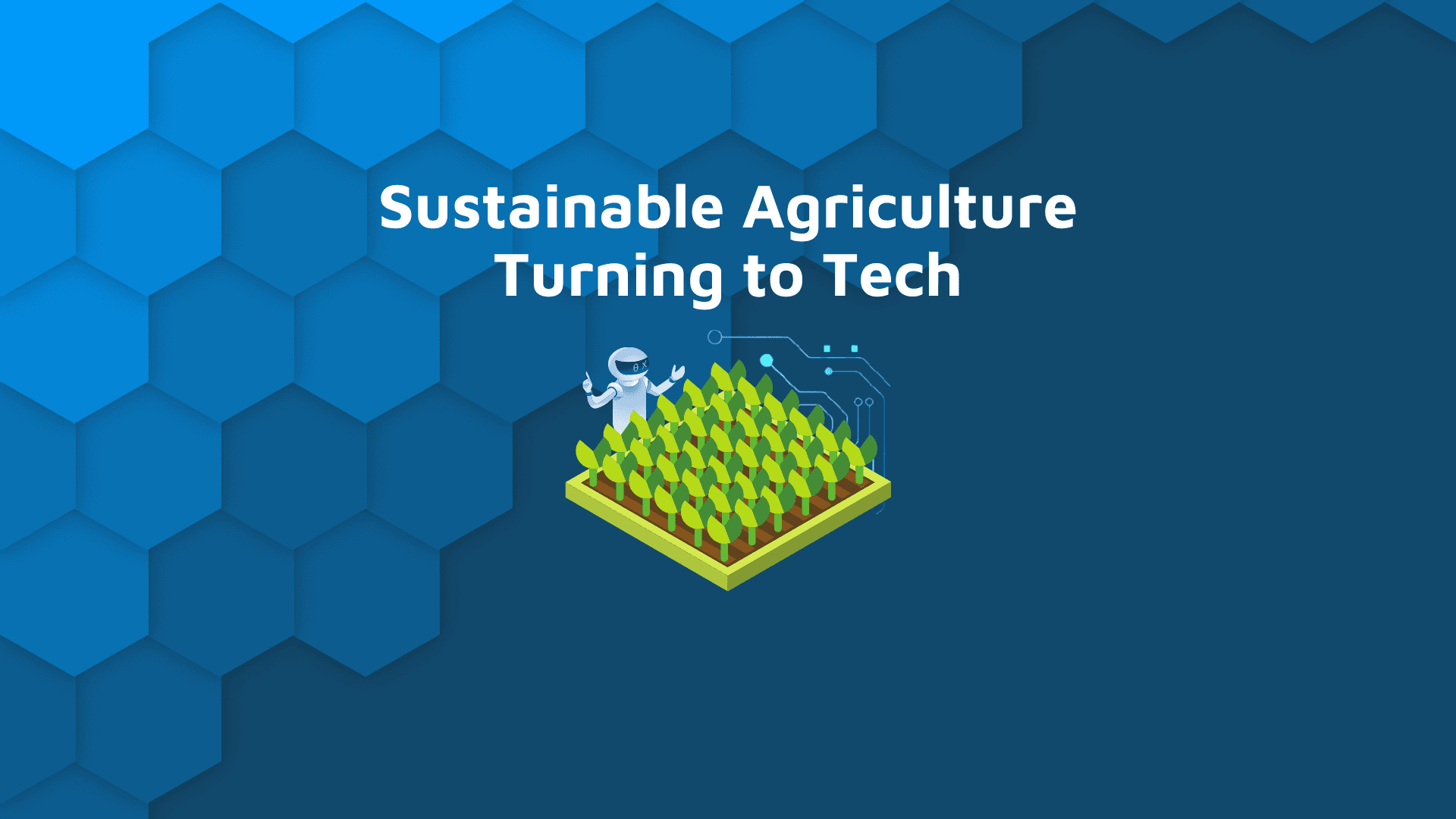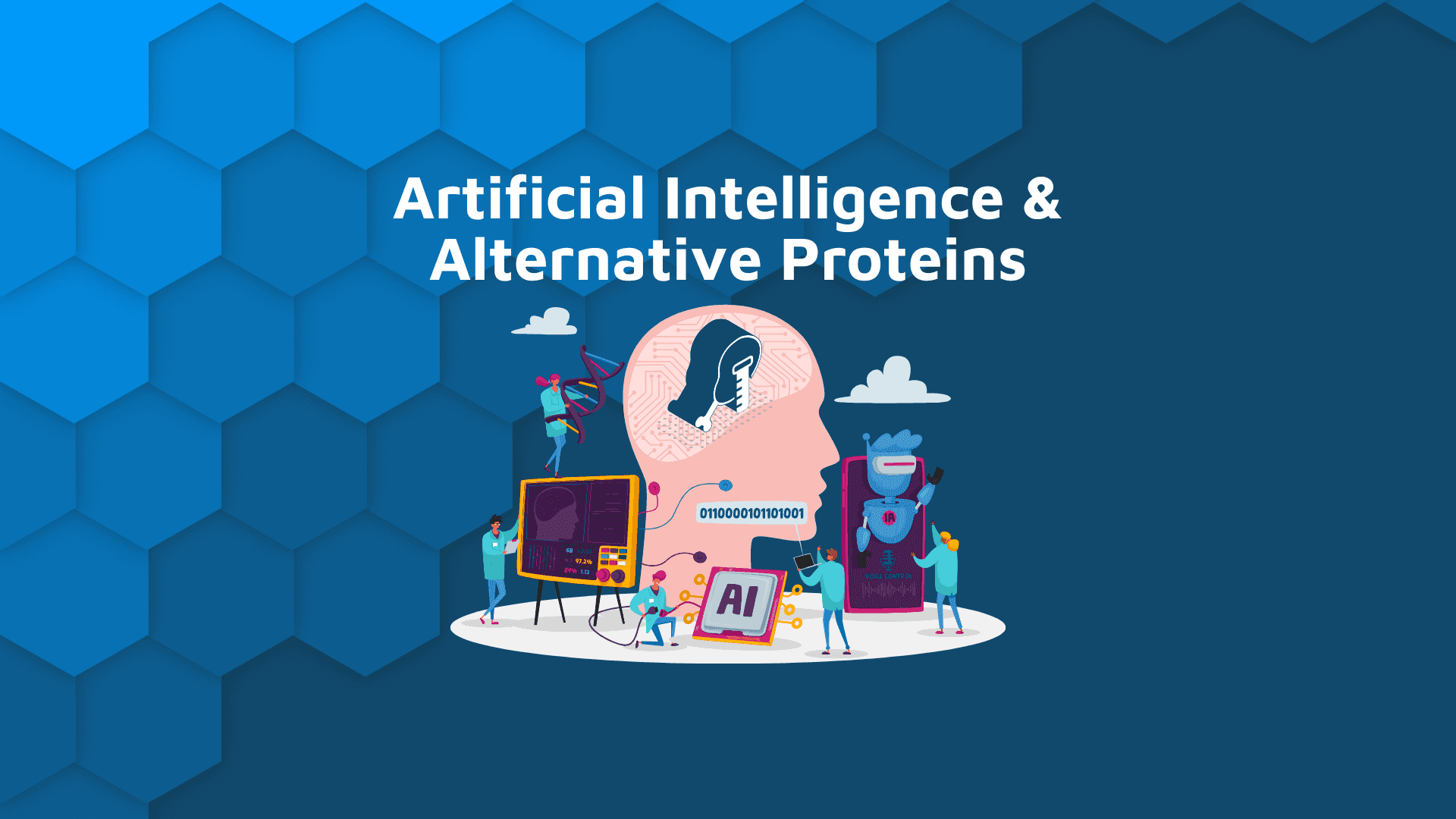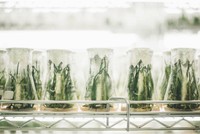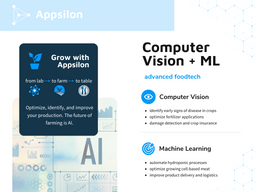
Recent trends indicate that, due to rising concerns around health and sustainability, alternative proteins and innovations such as plant-based meat alternatives and cultured lab-grown meat are set to become the future of food production.
In 2020, 574 million metric tons of animal-based protein (meat, fish, dairy, and eggs) was consumed across the globe. That’s equivalent to almost 75 kilograms (170 lbs) per person. And while that amount continues to grow, so too do concerns about the effect such a diet is having on people’s health, the conditions in which these animals are kept and harvested, and the environmental cost of raising these animals.
Can AI be used to track climate change? Appsilon uses computer vision to monitor shifts in ecosystems.
Meat production is responsible for 57 percent of all carbon emissions generated by food production. In fact, according to the Food and Agricultural Organization of the United Nations (FAO), more than 14 percent of all emissions are a by-product of meat and dairy farming. The situation is so bad, that scientists argue that even if fossil fuel emissions were halted, current trends in global food production mean it would be impossible to limit the increase in global warming to 1.5°C, as set out in the Paris Agreement.
Growing Appetite
Given the heightened awareness and increasing government action on reducing emissions, it’s perhaps unsurprising that serious consideration is being given to plant-, microorganism-, and animal cell-based alternatives to meat and dairy.
Photo by CHUTTERSNAP on Unsplash
Indeed, the World Economic Forum predicts that such alternatives will account for between 11 and 22 percent of the protein consumed globally in 2035.
Do you prefer R for data science? See how to build a computer vision model in an R environment.
It suggests that a shift to plant-based meat and eggs alone could reduce carbon emissions by the equivalent of Japan’s annual GHG emissions.
Notably, a global transition from meat-based to alternative forms of protein has the potential to deliver between 10 and 14 gigatons of CO2-eq, or 14 and 20 percent of the emissions mitigation needed to meet the 1.5°C target by 2050.
Room to grow
The appetite for alternative proteins is undoubtedly growing.
88% of food industry practitioners said that they expect demand for plant-based products to increase and, although vegans only account for one percent of the world’s population, a meat-free lifestyle is becoming increasingly popular.
A 2021 global survey found that four in five consumers had tried plant-based milk, while more than two in five had tried a vegan meat alternative. Even fast-food restaurants now sell plant-based meat alternatives such as the McPlant or Impossible Whopper. In fact, microorganism-based alternatives have been around for years, with meat grown from animal cells available in restaurants in Israel and Singapore, for example.
It appears, then, that alternative proteins are set to transform food production and consumption. The benefits are clear: they allow food producers to satisfy the need of consumers for protein, without worrying about the ethics and environmental consequences of livestock farming.
Finding the Ideal Protein Alternative
In a 2021 report, ’Cultivated meat: Out of the lab, into the frying pan’, McKinsey argues that, if consumers buy into cultivated meat – where cells derived from animal tissue are grown in a laboratory environment until they look and, importantly, taste like meat – the market could reach $25 billion by 2030, achieving parity with conventional meat.
It’s here that technologies such as AI and machine learning can be hugely beneficial.
The future of meat production is AI
Cambridge University off-shoot spinout Animal Alternative Technologies is an example of a company looking to make cultivated meat indistinguishable from that derived from an animal. Its work is based on the acknowledgment that recreating meat in a lab in the same way it grows in nature is not an easy process.
To this end, the company’s innovative technology monitors cells in real-time, using AI algorithms to guide their growth, supplemented by monitoring various parameters such as pH and temperature to optimize the whole process.
Using the insight derived from this data, the company is able to proactively differentiate pieces of tissue, replicating the texture and taste of different cuts of meat. Its ultimate aim is to build a database for cultured meat, from which AI agents can replicate lamb, pork, beef, or more.
AI in food sciences example
Elsewhere, Firmenich, the world’s largest privately-owned fragrance and taste manufacturer, uses AI algorithms to “generate … a wide range of flavor combinations [for meat and dairy alternatives].”
Improve your image labeling with machine learning and streamlit.
The goal for food manufacturers is to reproduce a meat alternative’s flavor profiles – its texture, taste, and aroma – to ensure consumers aren’t put off by any difference to the original meat. Traditionally, this process can be hugely repetitive, with thousands of formulas eventually narrowed down to the most similar profile.
AI and machine learning, however, can streamline operations, helping to predict which products will resonate most with consumers and, by cutting down the number of formulas that must be screened, helping manufacturers develop formulations more quickly and at a lower cost.
Augmenting Agriculture
Not all protein alternatives will be cultivated in a lab, of course. As we’ve seen, plant-based meat substitutes are becoming increasingly popular. A recent report by the Good Food Institute shows retail sales for plant-based meat alternatives across Europe rose by 19 percent in 2021, and are continuing to grow. Robust agricultural practices are, therefore, vital to maintaining this growth.
AI in agriculture
But, while farming may be one of the world’s oldest professions, there are many ways in which emerging technologies can augment its output. Large-scale industrial farmers are exploring automation and autonomy, for example, with many employing AI, machine learning, and computer vision applications for a range of tasks including evaluating field conditions, identifying crop disease, and predicting yields.
Computer vision in agriculture
Computer vision applications, for instance, allow farmers to gather vast amounts of valuable data, previously unavailable to them and use it to inform their decision-making.
They can save a considerable amount of time and reduce time-to-market, too, by helping farmers sort produce by factors such as weight, color, size, and ripeness, as well as identifying any defects in their produce.
And, as the technology continues to evolve, improvements in computer vision applications and their supporting data will enable the deployment of autonomous machinery in the field.
The Future of Farming – Alternative Proteins
Whether plant-based or cultivated in a laboratory, alternative proteins look likely to be the future of food production. By using advanced technologies like AI, machine learning, and computer vision to improve efficiencies, and help ensure the closest possible resemblance between meat substitutes and the real thing, manufacturers will soon be creating a wealth of tasty, healthy, and nutritious food, all with minimal impact on the environment.
Protein isn’t going anywhere. But it’s time to change the way it’s produced.
Use fast.ai and Shiny to create a quick and effective app for satellite image analyses.
Want to see how AI, computer vision, and machine learning models can help your business? Contact the Appsilon AI & Research team to learn more about computer vision and machine learning solutions.



